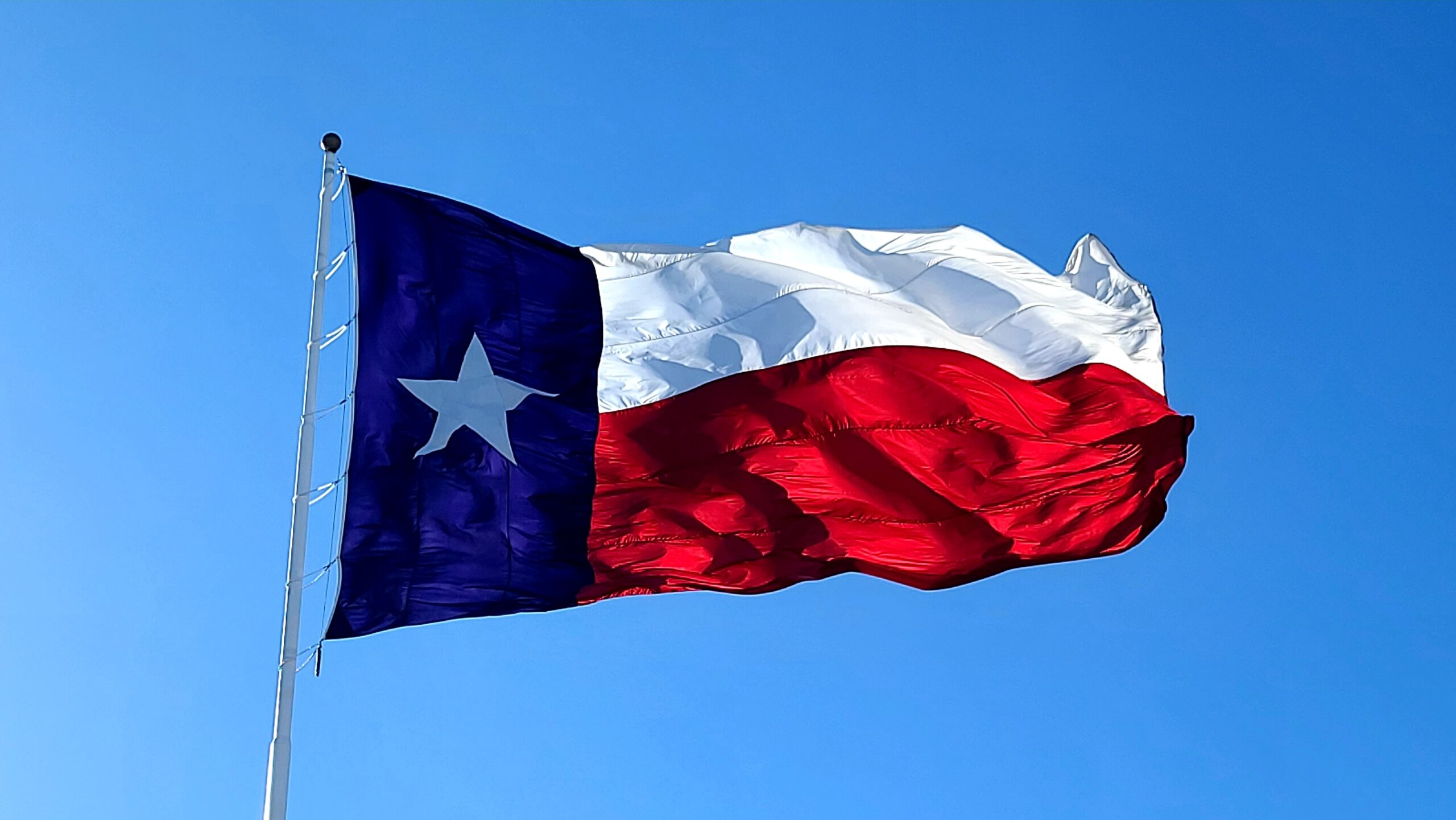In the Summer of 2021, Drs. Clay Spinuzzi and Greg Pogue led a team of graduate student researchers from The University of Texas at Austin to study the status of communities in Texas. Three dimensions of community growth were considered, pairing two communities in comparative studies.
Examples of key changes and impacts include:
- Although Texas makes up <9% of the U.S. population, it has experienced >32 of U.S. population growth from 2019-2020.
- Population and growth is not evenly distributed across Texas, with 86% of the population concentrated in urban centers along and East of I-35.
- 104 of Texas’ 264 counties lost population between 2010 and 2020—mostly rural counties concentrated in the West and East of the state.
- The population of Texas is predicted to double by 2050—further concentrating in urban centers andputting more pressure on limited water, land, energy and waste systems.
- Economic, social, political, technical and population changes continue to widen urban-rural disparities across the state.
- The population continues to diversify in Texas with residents of non-white ethnicity growing to almost 60% of the total population in 2020 and comprising ~95% of state population growth.
- Economic disparities (income, wealth, home ownership) persist between Black and Hispanic residents compared to white residents.
- >130 companies have committed to relocate headquarters from other U.S. states to Texas—the majority coming to the urban centers of Austin, Dallas-Ft. Worth, Houston and San Antonio—most notably Oracle, Tesla and Hewlett-Packard.
- Diversification of the energy mix in Texas offers new sources for power as well as new drivers for economic growth.
- The continued boom/bust cycle in oil in gas argues for adding new economic contributors to the state for diversification and resilience.
How are Texas communities coping with and adapting to these changes?
Dimensions included in the research conducted by the team included:
- Community adaptation to economic shocks associated with resource-based economies;
- Managing population growth and the need for economic diversification in communities adjacent to the rapidly growing corridors; and
- Exploring what is next for communities reliant on public-funded economies.
Students collected and studied a total of 277 community documents, ranging from regional tourism to economic development plans to community leadership meeting minutes. Further, they documented a total of 60 interviews with key stakeholders in the six communities, creating >7,100 data pieces for comparative analysis. Data from communities was studied singularly, in comparison with the paired community and as a whole, cutting across all six communities.
Several key themes emerged from these studies. Some will be highlighted in the following student blog series while these and others will be subject to papers presented at international conferences (IEEE ProComm 2022 and SIGDOC) in 2022 and subsequently submitted for peer review publication.
Key themes emerging from the student community studies include:
- The importance of solidarity for community growth—these are the ties that bind a population together as a society. Solidarity in a community is correlated to resilient responses to economic and social shocks.
- Community growth strategies are limited by double binds: situations where community members face pressing challenges but see only mutually exclusive, and equally unattractive strategies as solutions. Creative thinking and perspective were found to be essential to overcome double binds and reconceive new economic strategies.
- Infrastructure was identified as a key facilitator of growth when present as well as a key limitation when absent. Land ownership, public policy agreement, roadway access and tax policy were all found to exert strong influence on belief and potential for growth.
- Origin stories were found to influence a community’s future. Origin stories could form the basis for tourism and community marketing. Conversely, these stories may create limitations on the future through establishing a community climate not conducive for growth.
- Communities are places of compromise and benefit for multiple types of people. A common struggle noted was the need to migrate from a perspective of “me” to one of “we.” This transition from individuality to collaboration was found challenging and limiting to some communities.
- Finally, a new framework for diagnosing community challenges was explored by measuring gaps between institutions and individuals, the 5D’s: distance, diversity, dilution, demand and disengagement. This model allowed complex qualitative data to be organized into discrete challenges for understanding, communication and restorative action.
We hope you enjoy the blog series providing more details into these key themes and look for summaries of publications and presentations detailing results in future communications.
References for top bullet points.


